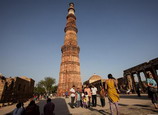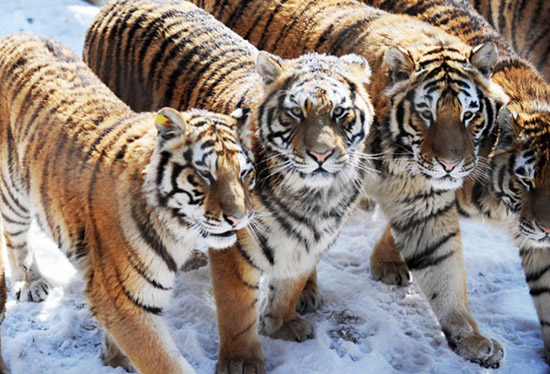
WASHINGTON, April 5 (Xinhua) -- Astronomers using a telescope in Chile say they have spotted signs of star formation perilously close to the supermassive black hole at the center of the Milky Way Galaxy.
If confirmed, it would be the first time that star formation was observed so close to the galactic center, according to researchers at the Northwestern University in America.
The center of our galaxy, 27,000 light-years away in the direction of the constellation Sagittarius, is home to a monstrous black hole with a mass of four million Suns. Extending outward from this gravitational behemoth for many light-years is a turbulent region of space that is thought to be wracked by such extreme tidal forces that any star-forming clouds of dust and gas would be stretched thin and shredded long before infant stars could emerge.
"People think it is very hard to form stars near a supermassive black hole," said lead author Farhad Zadeh of the Northwestern University in a statement. "But what we seem to have found are patches of dust and gas that have become so dense that they are able to overcome their inhospitable surroundings."
Astronomers using the Atacama Large Millimeter/submillimeter Array in Chile spotted telltale jets of material bursting out of what appear to be dense cocoons of gas and dust. These jets, if they were observed in more placid surroundings, would indicate the formation of a young star.
"What we see in these images from ALMA are outflows that appear very much like what we see in star-forming regions elsewhere in galaxy," said Zadeh.
These molecular clouds may have become so massive and dense, possibly by colliding together, that they cross the all-important threshold that allows internal gravity to take over, starting a chain of events that inexorably leads to the birth of a new star, he said.
The results were published Friday in the Astrophysical Journal Letters.
















 Snails that are as fat as geese
Snails that are as fat as geese


![]()
